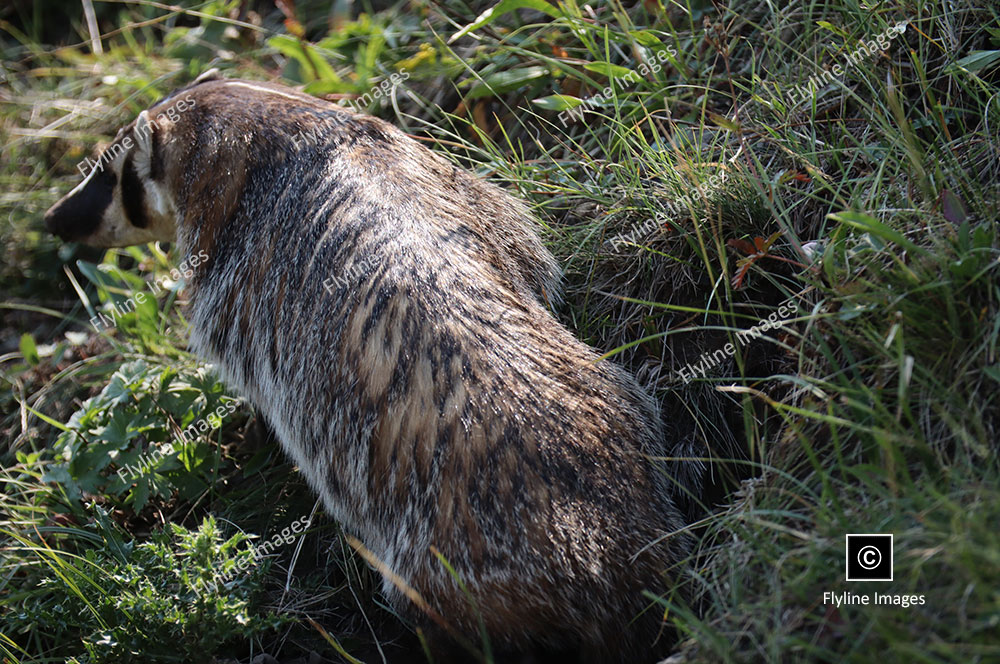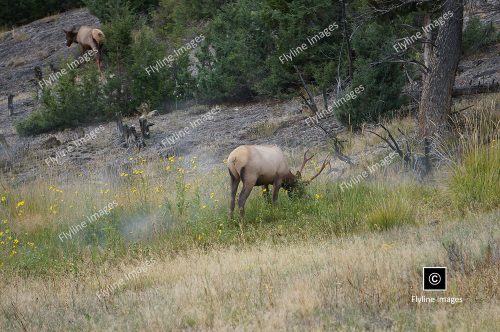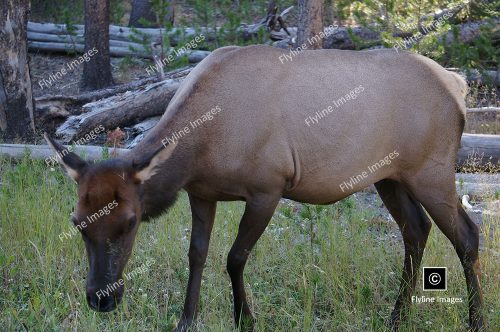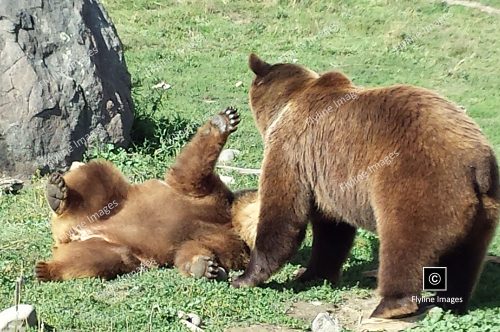Honey Badger In Yellowstone National Park
Honey Badger 0748
$25.00
Description
Purchase this photo of a honey badger, taken in the Lamar Valley. What an incredible animal.
Image & Download Information
When you purchase this photo, you will be granted access to download the image. We have provided 3 image size options, Large 4000 x 2500, Medium 2000 x 1250 and Small 1000 x 625.
MORE ABOUT THIS PHOTO
The honey badgers of Yellowstone, while not native to the area and thus a hypothetical subject, would likely exhibit remarkable resilience and adaptability, akin to their real-world counterparts in Africa and Asia. Known for their tenacity, intelligence, and strength, a honey badger in Yellowstone would have to contend with a different set of challenges and predators, possibly adapting its foraging habits to the park’s diverse ecosystems and possibly showing even greater resourcefulness in navigating the landscape and securing food. Their notorious fearlessness would serve them well in an environment populated by bears, wolves, and cougars. Additionally, the introduction of a new species like the honey badger could have an impact on the delicate balance of Yellowstone’s ecosystem, potentially competing with other carnivores for resources and altering food chains.
Potential Effects on Local Wildlife
The introduction of honey badgers to Yellowstone National Park could have significant effects on the existing wildlife population. As apex predators known for their aggressive nature, honey badgers could potentially outcompete other carnivores such as wolves and cougars for food. This could lead to a decline in these species, altering the delicate balance of the park’s ecosystem.
Furthermore, honey badgers are known to be opportunistic feeders, meaning they can adapt their diet to whatever resources are available. In Yellowstone, this could result in them targeting smaller prey that are important food sources for other animals, leading to a ripple effect on the entire food chain.
The presence of honey badgers could also potentially introduce new diseases or parasites to the park’s wildlife population. Honey badgers in Africa and Asia are known carriers of diseases such as rabies and tuberculosis, which could be transmitted to native Yellowstone species.






